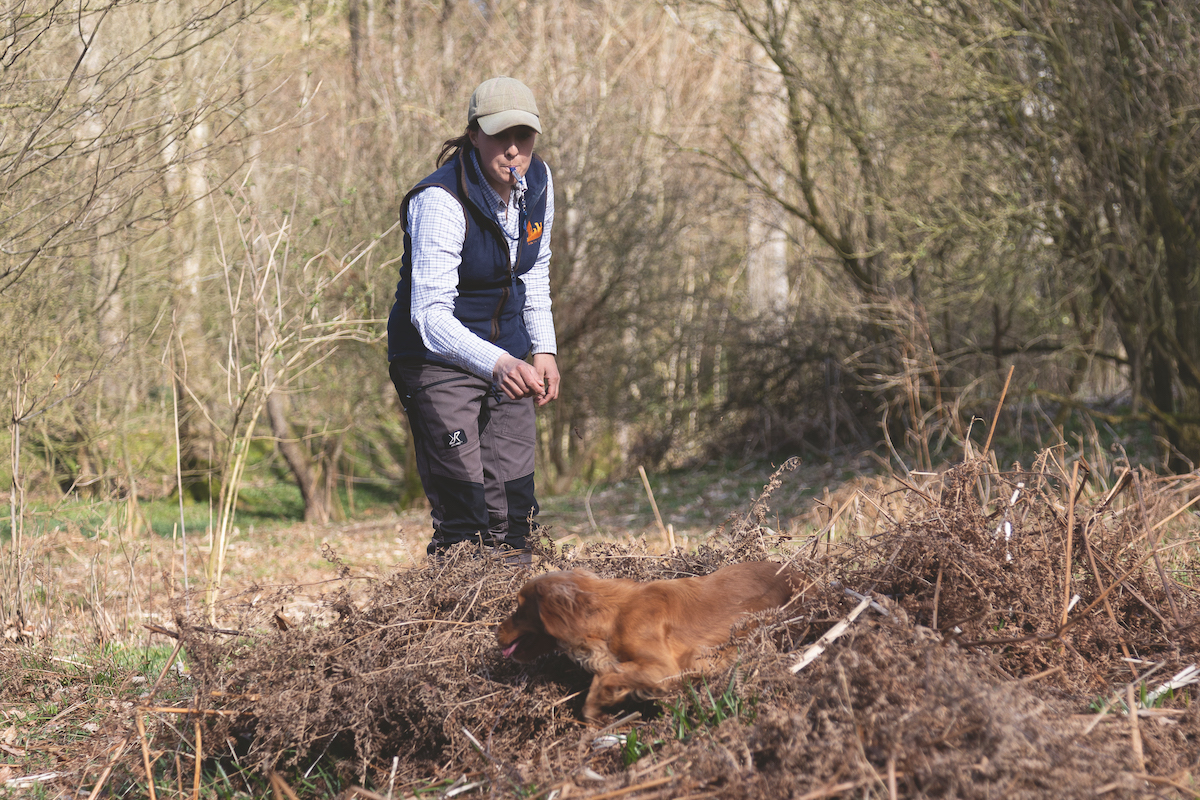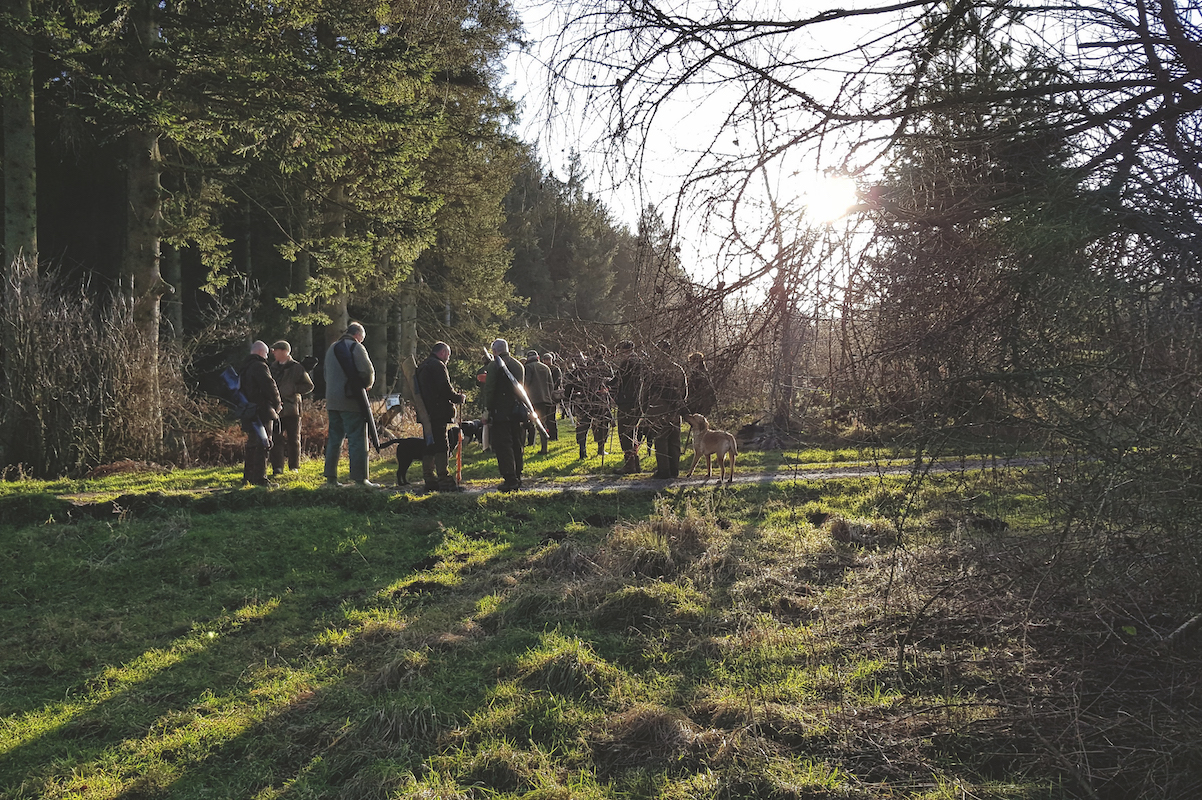Teaching a gundog to go left and right. Should you?
“I have a 15-month-old Labrador and I want to teach him to go left and right, but my friends tell me it is a waste of time and unnecessary unless I plan to field trial with the dog. Although I have no plans to compete with the dog, I will use him for both driven and some walked-up shooting. So, is it a skill I need to train him in, and if so how is the best way to go about it?”

Teaching your dog left and rights is an invaluable skill if you plan to shoot over your dog
This is not an uncommon question and, in my humble view, gundog handling is an important aspect of a gundog’s training and should not be discounted as simply being a “trick” or clever. If you plan to shoot over your dog, in any form, you will find it an invaluable skill.
Sending left or right skills
All gundogs should have at least some level of handling incorporated into their training programme and the failure to do so can cause issues later when out in the shooting field. One fundamental aspect of working a gundog is that we should have the ability to retrieve game whether it is dead or injured. In the latter case our dogs should be competent enough to make that retrieve quickly and efficiently. In theory, if you can send your dog back in a straight line you shouldn’t have to train it to go right and left. Providing you can line it up directly to the retrieve, it should keep running until you either stop it or it finds the retrieve. However, that may not be the case with a spaniel that is hunting and flushing game out in front of you.
How do I stop my gundog circling me with a retrieve?
Gundog training with my 11 month-old Labrador is coming on well, apart from displaying an annoying habit, circling me with…
How can I get my Lab to cross a ditch to retrieve?
Pushing too fast with training has meant this Lab has skipped the most important instruction: ‘get back’
Drifting back
One problem that can occur when sending left or right is that the dog can drift back to the handler at an angle rather than running out at right angles to the handler. This is quite often due to poor training technique, or that the dog is lacking in confidence.
A dog can quite easily become “over-handled”. This is a situation where the dog relies more on the handler and their directional commands, than on its natural instincts. Unfortunately, this is a trait that is being seen more and more in competition dogs.
Unsteadiness
The dog should never be able to pre-empt your commands and, unless you are thorough in your training methods, it can be all too easy for the dog to move as soon as you lift your arms. This is a form of unsteadiness and is easily avoided by adding a “release” command.











